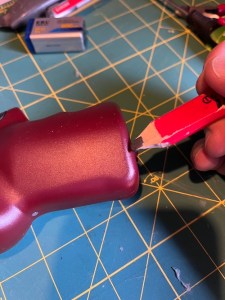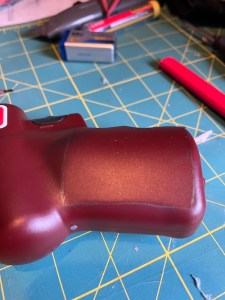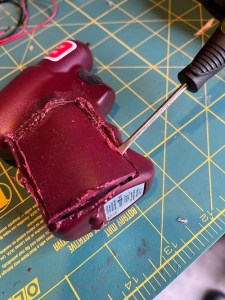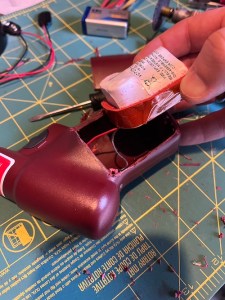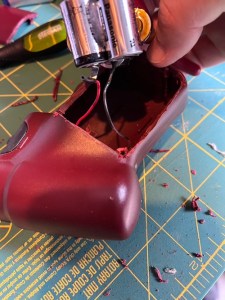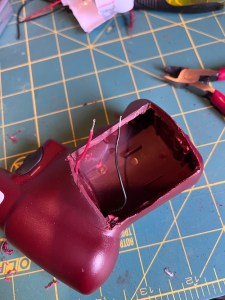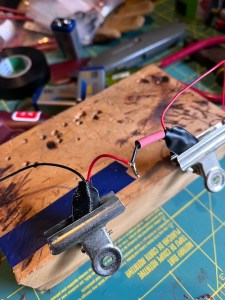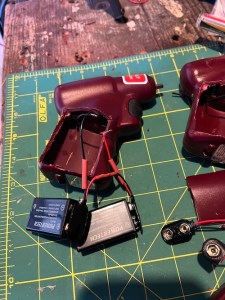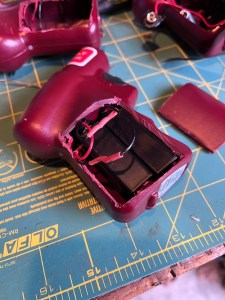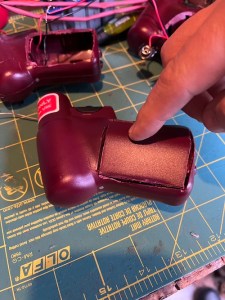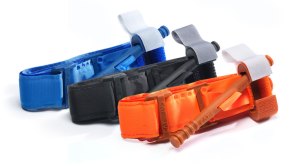We are excited to announce that after a hibernation period, the ETM Course podcast is back! In our first episode of the new podcast we talk to Dr Christine Bowles, Emergency Physician and Trauma Physician at St George Hospital, one of Sydney’s Major Trauma Centres.
Also available on Apple Spotify YouTube iHeart Podchaser PlayerFM
In this episode we talk in detail about the evolution of the “Trauma Physician” role and Emergency Physicians working on inpatient trauma services, the skill-mix they bring to the job and some of the challenges of working in a traditionally “surgeons only” niche. Chris also tells us about her exciting work with the University of Sydney developing and launching modules on Major Trauma and Advanced Trauma management, and plans for an upcoming module specifically for those who want to work as inpatient Trauma Physicians, which to date there has been no formal training program for.
Huge thanks to Chris for being our first guest on the new-look, reinvigorated ETM Course Podcast!

If you’re interested in taking your trauma knowledge and skills to the next level, check out these units from the Masters of Critical Care at University of Sydney.
CRIT5016: Major Trauma Management
CRIT5019: Advanced Trauma Management
Posted in ED Trauma, Podcast, Trauma EducationLeave a Comment on The ETM Course Podcast is back! The Trauma Physician with Chris Bowles
